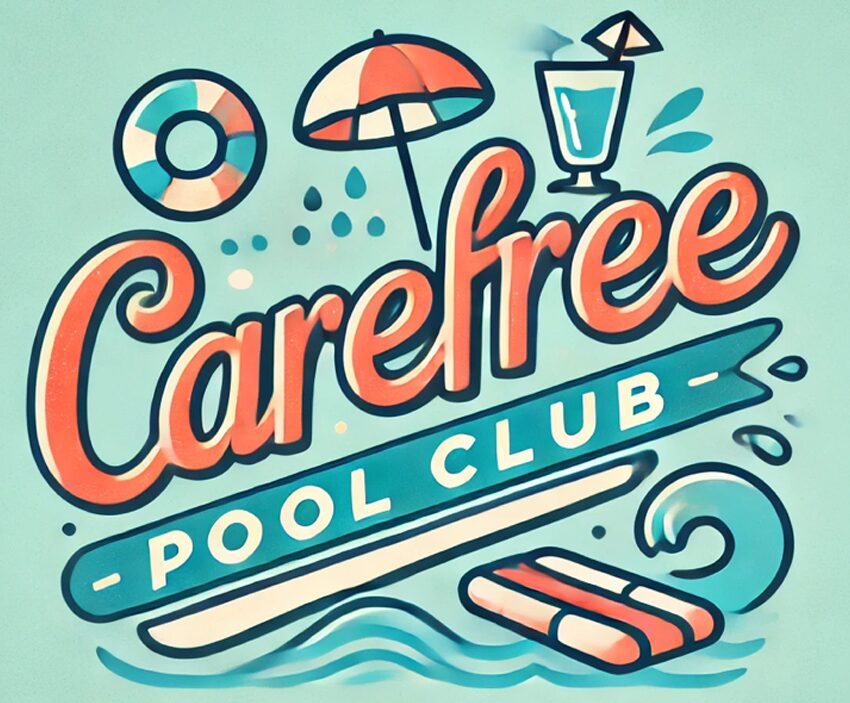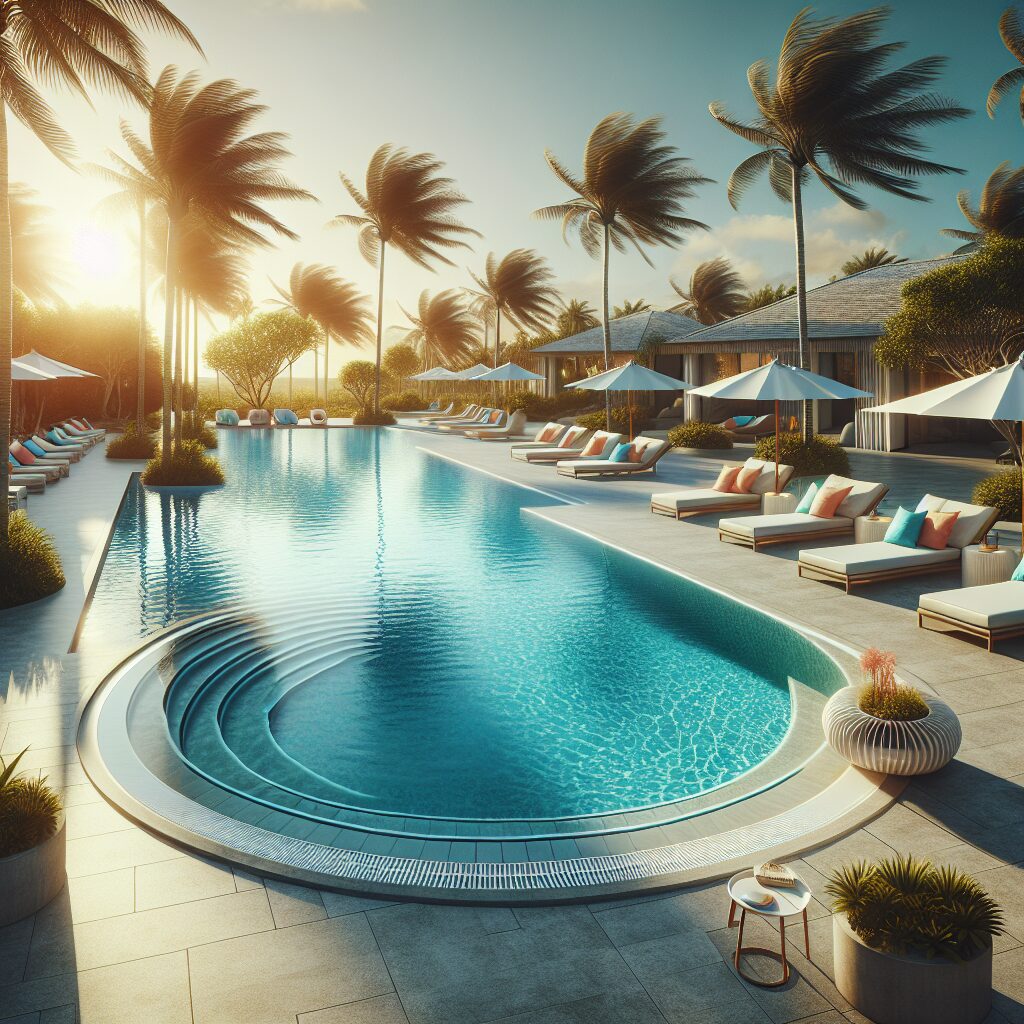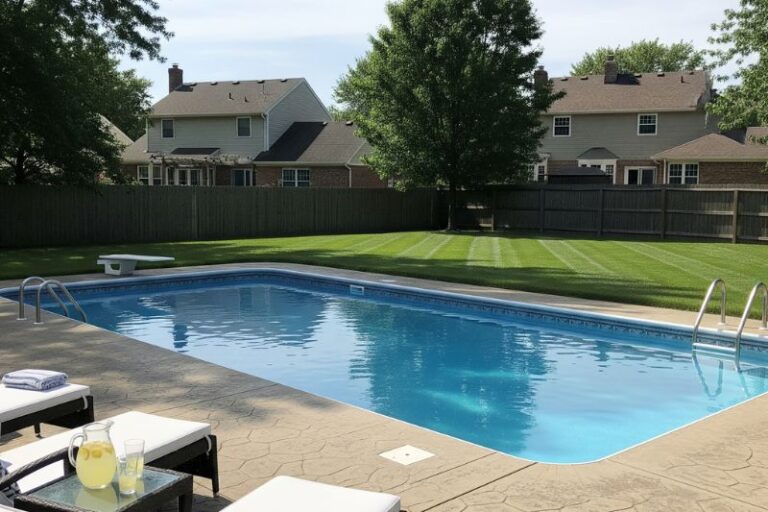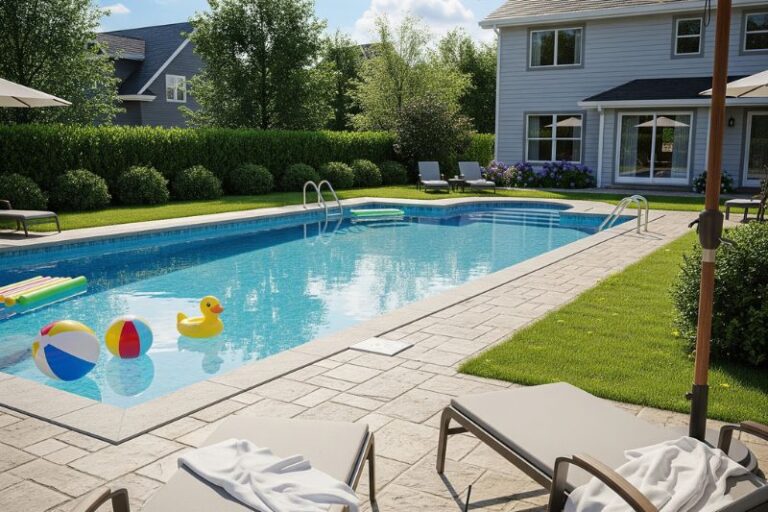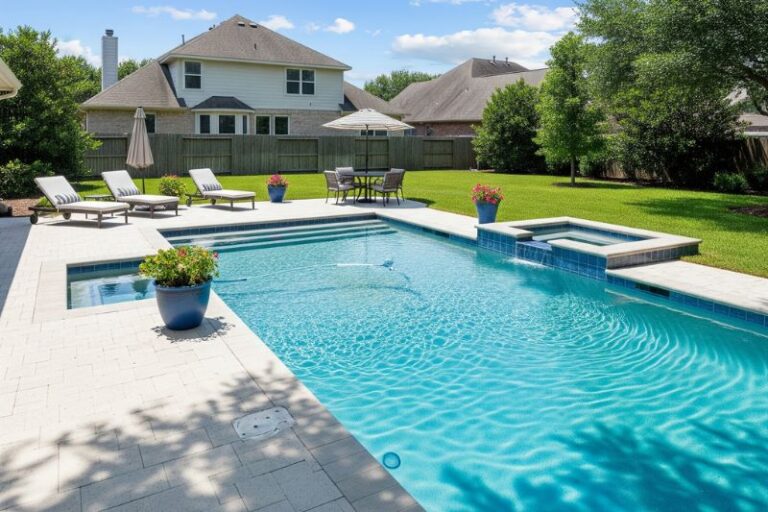I was halfway through a cup of lukewarm coffee when the call came in. Early spring. A homeowner near the edge of town. He said his pump was making a weird noise, and the water looked like tea. I grabbed my test kit, a flashlight, and my old-school notebook. This wasn’t my first rodeo.
Every pool has a story. You just have to know how to listen.
The Scene
When I arrived, the cover was still half on. The waterline was low. A few floating leaves bobbed on the surface like witnesses refusing to talk.
The homeowner pointed toward the pump.
“It’s running, but nothing’s happening.”
I crouched down. The pump was gurgling, spitting air like a tired smoker. That sound is never good. I shut it off and popped the lid. Bone dry.
That told me everything.
No water was reaching the pump. Either the suction line was blocked—or worse—cracked during a freeze. The hose from the skimmer looked bent. I followed it, checking carefully for leaks.
Eventually, I found it: a hairline split near the union. Easy fix, but it had gone unnoticed. The pump had been pulling air this whole time.
🛠️ Want to avoid these kinds of issues? Read our guide to pool equipment maintenance
The Chemistry
No shock had been added yet. That was a good thing. It’s always better to fix the mechanics before adding chemicals.
I dipped a test strip.
Chlorine: zero.
pH: 6.8.
Alkalinity: under 50.
Not great—but fixable.
What concerned me more was the sand filter.
“When’s the last time you backwashed this?” I asked.
He shrugged.
“Maybe last summer?”
That’s not backwashing. That’s biohazard behavior.
The Recovery Plan
I got to work. First, I patched the hose with a temporary fitting and sealed it tight. Next, I primed the pump and restarted it. Water flowed like it had remembered how to breathe.
Then we backwashed the filter. Black sludge poured out. Ugly, but necessary.
Only after that did we start rebalancing. I raised the alkalinity, then adjusted the pH. Finally, I added a measured dose of shock.
The pump ran for the next 48 hours straight.
By day three, you could see the bottom again.
The homeowner called.
“It looks like a pool,” he said.
Not a pond.
The Real Mystery
A bad pool opening isn’t always a disaster. Most of the time, it’s just a mix of neglect and bad timing. You don’t need to be a chemist. You don’t need to be a plumber. But you do need to take the time to open your pool right.
The real mystery isn’t why your water looks awful.
The mystery is why more people don’t respect the process.
Why You Should Backwash Your Pool Filter (Trouble Free Pool)
